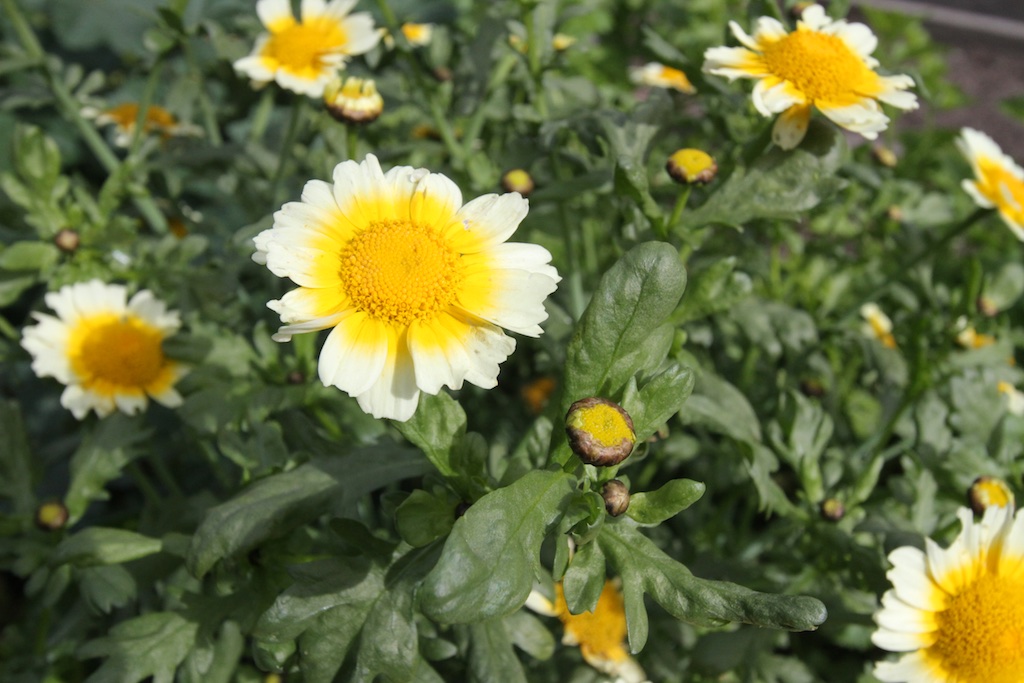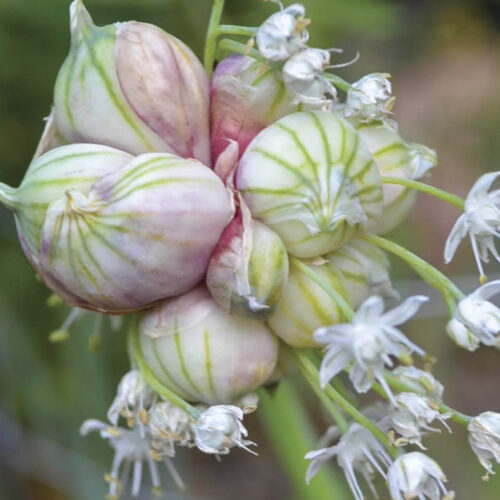Shungiku (chop suey greens)
2018-06-16T04:56:48+10:00
Have you tried this interesting, flavoursome and nutritious plant, asks Penny Woodward.
When I was researching and writing my book on Asian herbs and vegetables I came across many unusual and interesting plants that were pretty much unknown in anglo Australia. In our increasingly multicultural society, many of these plants are becoming better known. One with a really interesting flavour is shungiku. This plant is also known as garland chrysanthemum, edible chrysanthemum, vegetable chrysanthemum, chop suey greens and Japanese greens.
Easy to grow, interesting and nutritious, shungiku adds variety and unusual flavours to your food. It comes originally from the Mediterranean, parts of Europe and northern Asia, but is now widely grown and naturalised in the cooler highland tropical regions of South-East Asia, China and Japan. Botanically it used to be called Chrysanthemum coronarium but is now Glebionis coronaria.
This edible chrysanthemum is an annual that grows initially from a single, tender, round stalk with finely-cut, green leaves. If not harvested, the plants will grow to 1m and develop daisy-like yellow flowers over a long period. The flowers are golden yellow in the centre and the pale creamy yellow on the outside. There are several cultivars that vary in leaf shape and size.
Shungiku grows well in temperate regions and in highland regions in the tropics. In tropical climates it can also be grown in winter. Grow from seed sown in shallow trenches for most of the year in sub-tropical and frost free temperate regions. If you are in a region with winter frosts, then wait ’til spring to plant, or grow it in a big pot in a sheltered position. Seed takes about seven days to germinate. Thin plants to about 15cm apart, eat the thinnings, don’t throw them away.
Shungiku grows best in a nutrient- and humus-rich soil in full sun, although sow them in semi-shade if you are planting in the middle of summer. Plants need to be watered regularly. Pick the first tender leaves about 30 days after sowing. Leaves are at their best when plants are young. They can become bitter as the plant ages, or in very hot weather. Remove the flower heads from most of the plants to encourage more leaf growth, but allow a couple of plants to flower so the flowers can be picked and used. Shungiku grows well in pots and its a good idea to plant successive small plots so that you’ve always got some on hand.
Eat the strongly aromatic leaves and stems as a vegetable. Steam, blanch or boil in a tiny amount of water and serve with a little soy sauce and sesame oil. Don’t over cook as this makes them bitter. In Japan, shungiku leaves are an important ingredient in one pot beef and fish dishes. If they are to be used on their own they are usually dipped briefly into boiling water and then plunged into cold water to maintain the green colour. In Korea, the leaves are used with strongly flavoured fish to neutralise the flavour and in China, they are added to soups and stir-fries. The Vietnamese use the leaves in chicken, pork and beef dishes and fried as a vegetable. Fresh young leaves are high in antioxidents and carotene in particular. They are a piquant ingredient in leafy salads. Sprouted seeds are also eaten in salads or as a snack. Flower petals are also edible and in Japan, they are used either fresh or dried in salads, with fish, and in soups and pickles.






